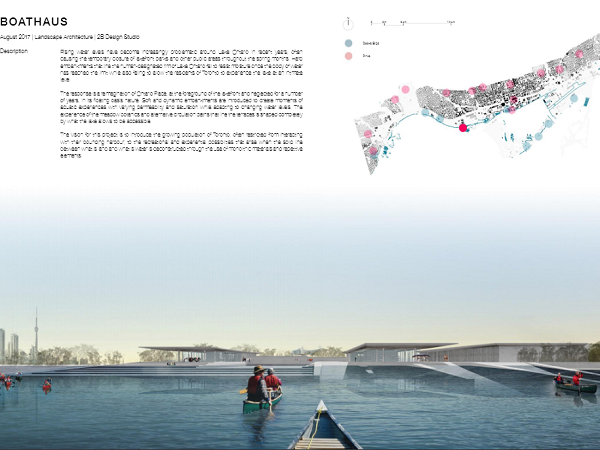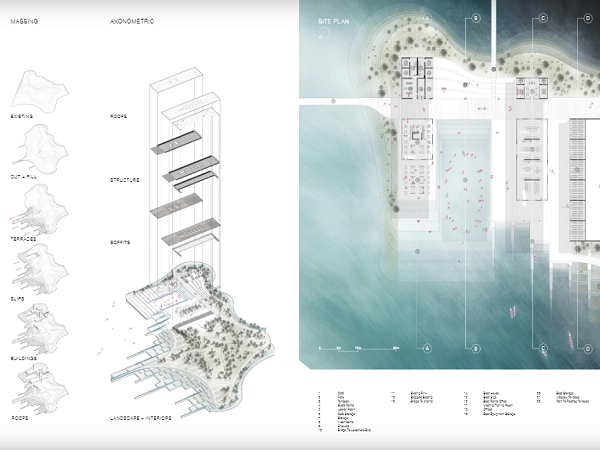Within most professions, CVs or resumes are accepted as the best way to set out your qualifications and work experience for the benefit of potential employees. However, this doesn’t hold true for all industries. Professional sportspeople and actors go further than simple CVs and put together video presentations of their work, while others like artists are more likely to benefit from portfolios.
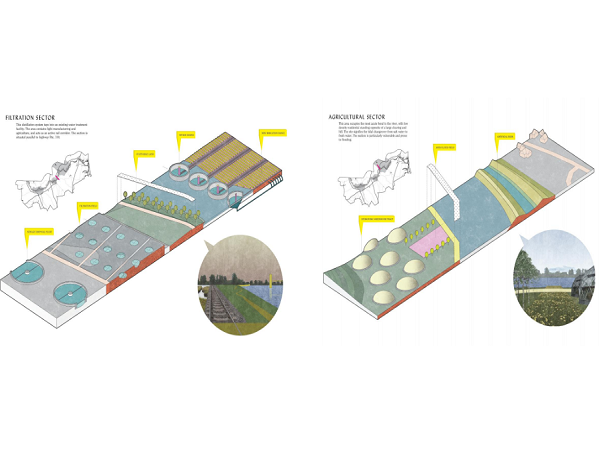
The same holds true for architects and landscape architects. Architect portfolios are a crucial way for these professionals to present themselves and their work to potential employees or clients; and for an architectural student to present his/her work to tutors, teachers, and employees.
Looking for an architectural role isn’t all about proving you’re good at what you do. Of course, that’s a critically important part of the equation, but it’s also about matching your style and inspiration with those of the people you will be working with. In other words, it’s not just about being a good architect, but being the type of good architect that fits that particular role or project.
How to create an architecture portfolio
Size and length
Keeping in mind that when sorting through potential employees, employers have only limited time and tend to only skim through applications to get a feel of the applicants, you should limit your architectural portfolio to 2-3 pages. Nobody wants to be reading through a whole book cover to cover.
However, if you make it to the interview stage, you should bring with you a more substantial version of your architectural portfolio that highlights all your best work and ideas.
For this longer version of your architectural portfolio, it is not necessary to try to outline every job you have ever done. The best bet is to highlight nine or ten of the jobs you are most proud of. Don’t be afraid of blank space and remember that you only need to outline things like design, process, and final solutions. In terms of text, less is usually more.
File size is another important consideration. Keep it around 5MB - 10MB to ensure it reaches your potential employer, and that if it does get there, it can be easily opened. Alternatively, of course you can put your architect portfolio online.
Presentation & Images
This is critically important. Unlike salespeople, lawyers, doctors, or accountants, architecture is a visual medium. Architects, like visual artists, have the opportunity to use their architectural portfolio, itself, to display their talents and ideas. i.e. the way you put your portfolio together will give potential clients and employees hints as to who you are as an architect and whether you are the type of person they are looking for.
Use attractive graphics and clear presentation, and ensure that your architectural portfolio is not too text heavy. Use a range of visuals including photos, technical detail drawings, and photorealistic renders. Even use sketches if that is one of your talents.
It’s also important to think about labels you use with these visuals. You will try to keep text to a minimum, so these are an opportunity to say a lot without getting carried away with writing. Remember, ‘A picture tells a thousand words’, so take a minimalist approach.
Tailor your message
Finally, it is important to remember who you are talking to. Consider who is viewing your architect portfolio and be prepared to adjust it accordingly to present yourself in the best light for that particular role or project. In other words, remember that your architect portfolio should grow and change as you grow and evolve through your career.
Some great examples of architectural portfolios
Here is a collection of some memorable architectural profiles from architects around the world:
1. Rebecca Gaffiero - Malta
Rebecca Gaffiero, an interior design and graphic designer from Malta, employs soft and rounded font as well as warm tones of 3D renders for a warm tone. She also adds clear, careful diagrams to her layout along with soothing colours like grey, khaki, and buff.
On top of that, there is a pleasing consistency to her architect portfolio. Throughout the document, where possible, she divides her account of each project into three clear parts, complete with photo images, renders, and plans. In this way she is able to provide clear, compelling accounts of her chosen projects.
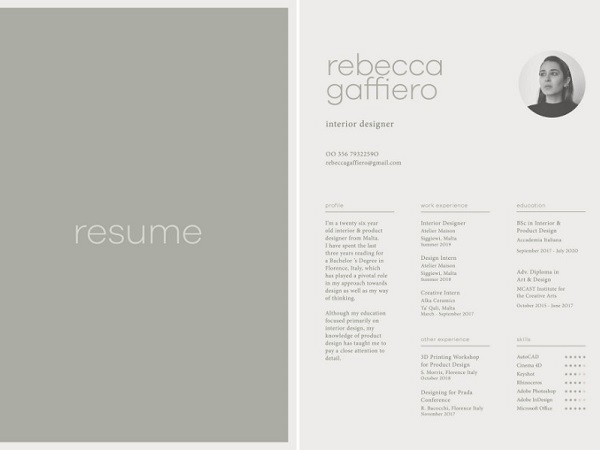
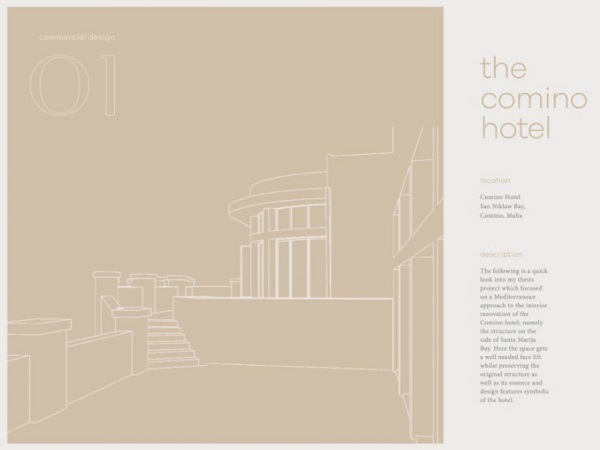
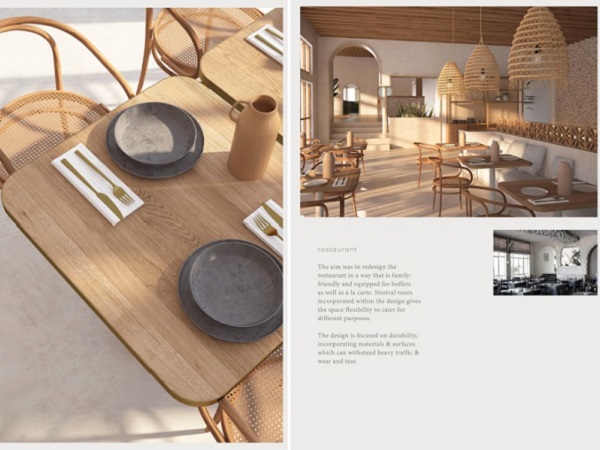
2. Ruxin Xie - Taiwan
Not satisfied with following a standard template, Ruxin Xie’s layout successfully contrasts subtle shades of grey and olive with daring dark pages and then added drama of chalk-white plans. Considering that the architecture portfolio includes several plans, this design is a striking way to grab the reader’s attention and really cover the work well.

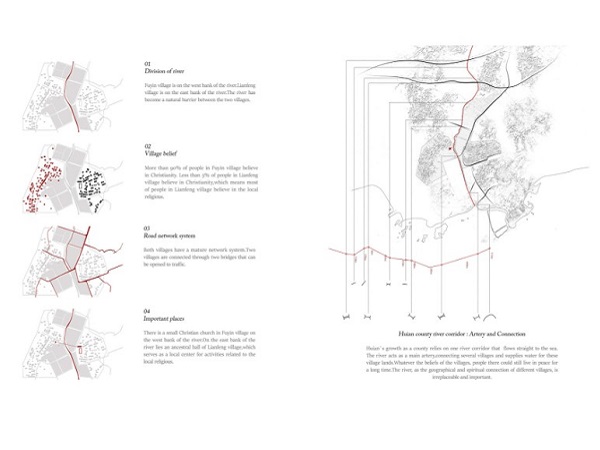
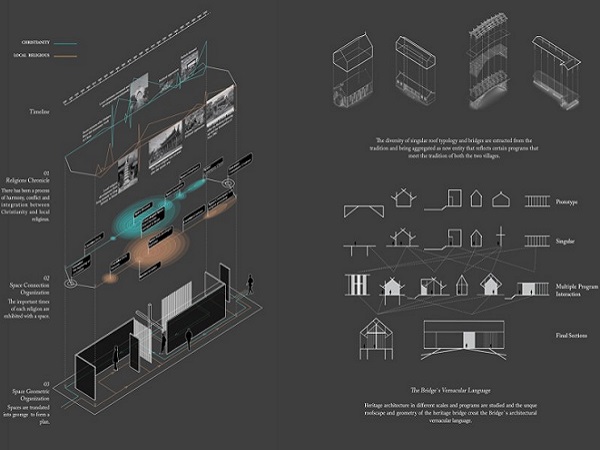
3. Jason Wu, Canada
Jason Wu, a Masters student from Canada, has created an architecture portfolio that faithfully presents all his design work with a depth and clarity that is likely to impress any potential employer. Cleverly, he uses multiple representations to present different sections within a single structure. Then, to this he adds side model photos for another fresh perspective.
Though his architecture portfolio is very detailed and covers a lot of ground, this proves a good choice for a student. Having not yet worked professionally, it is important for a student or recent graduate who is looking for jobs to document his/her progress and provide evidence of growth into their studies and soon-to-start professional lives.

